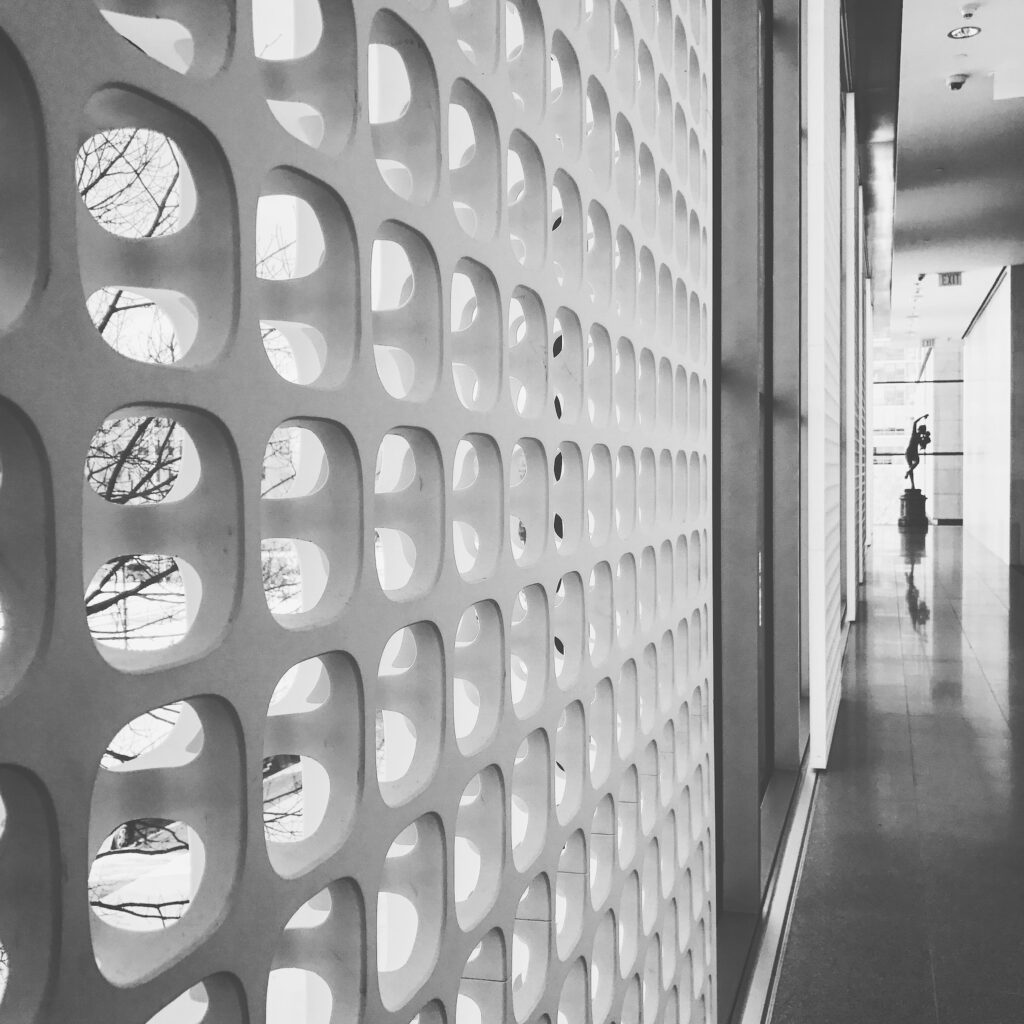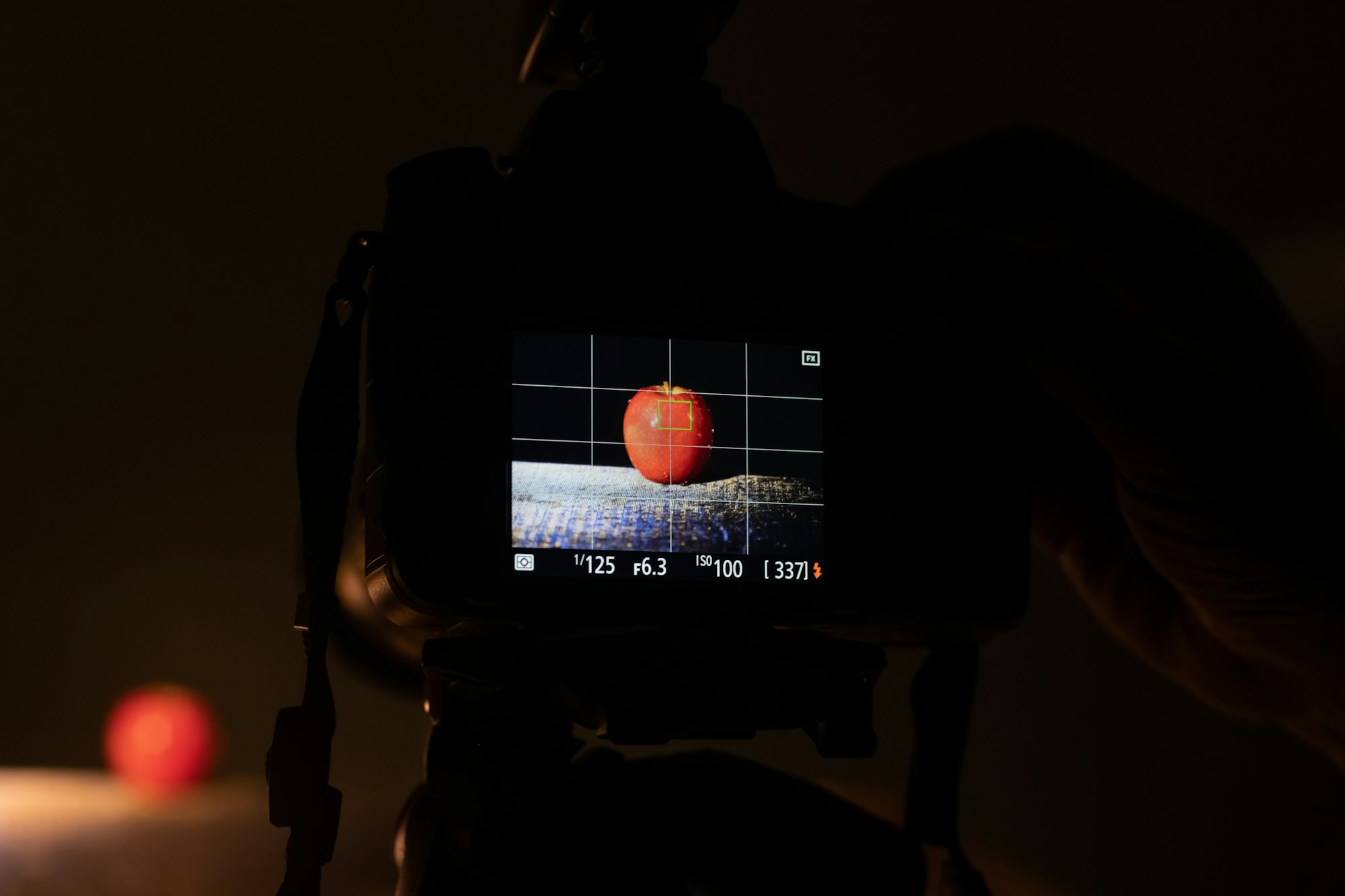Photography composition is the silent language that speaks volumes in every image. It’s the art of arranging elements within the frame to create visual harmony, balance, and impact. While mastering composition may seem daunting at first, understanding key techniques like leading lines, the rule of thirds, and beyond can significantly enhance the quality of your photographs. In this comprehensive guide, we’ll delve deep into these composition techniques, providing insights, examples, and practical tips to help you elevate your photography to new heights.

1. Understanding Composition Basics
Before we dive into specific composition techniques, let’s establish a solid foundation by understanding some essential principles:
- Balance: Seek equilibrium within your frame by distributing visual elements in a harmonious manner. Whether it’s symmetry or asymmetry, strive for a sense of visual balance.
- Framing: Utilize framing elements such as natural arches, doorways, or windows to draw attention to your subject and add depth to your composition.
- Negative Space: Embrace the beauty of negative space—the empty areas surrounding your subject—to create a sense of tranquility, isolation, or emphasis.
- Depth: Incorporate foreground, midground, and background elements to add depth and dimensionality to your images, creating a more immersive viewing experience.
Now that we’ve covered the basics, let’s explore some specific composition techniques and how you can leverage them to create captivating photographs.

2. Leading Lines: Guiding the Viewer’s Eye
Leading lines are powerful compositional elements that guide the viewer’s gaze through the image, leading them towards the main subject or focal point. These lines can be straight, curved, diagonal, or even implied by the arrangement of elements within the frame. Here’s how you can effectively use leading lines in your photography:
- Natural Leading Lines: Utilize natural elements such as roads, paths, rivers, or tree branches to create leading lines that draw the viewer’s eye towards the main subject.
- Architectural Leading Lines: Incorporate architectural features like buildings, bridges, or fences to add structure and depth to your composition.
- Implied Leading Lines: Even in the absence of physical lines, you can create implied leading lines through the arrangement of shapes, patterns, or directional elements within the frame.
Experiment with different angles, perspectives, and compositions to find the most compelling way to incorporate leading lines into your photographs.

3. Rule of Thirds: Finding Balance and Harmony
The rule of thirds is a classic composition technique that divides the frame into nine equal sections using two horizontal and two vertical lines. The main focal point or points of interest are then placed along these lines or at their intersections. Here’s how you can apply the rule of thirds effectively:
- Placing the Subject: Position your main subject or points of interest along one of the imaginary gridlines or at the intersections to create a visually pleasing composition.
- Balancing Elements: Use the rule of thirds to balance multiple elements within the frame, ensuring that each occupies a distinct area of the composition.
- Negative Space and Balance: Utilize negative space to enhance the overall balance and visual flow of your image, allowing the viewer’s eye to navigate smoothly through the frame.
While the rule of thirds is a valuable guideline, don’t be afraid to experiment with breaking the rule or combining it with other composition techniques to create more dynamic and unique images.

4. Beyond the Basics: Exploring Advanced Composition Techniques
In addition to leading lines and the rule of thirds, there are countless other composition techniques you can explore to add depth, interest, and visual impact to your photographs. Here are a few examples:
- Symmetry and Patterns: Capture symmetrical compositions or repetitive patterns to create a sense of harmony and order.
- Foreground Interest: Incorporate interesting foreground elements to add depth and context to your composition, leading the viewer’s eye into the scene.
- Frame within a Frame: Use natural or architectural elements to frame your subject, drawing attention to the main focal point and adding layers of visual interest.
- Point of View and Perspective: Experiment with different angles, perspectives, and vantage points to offer a fresh and unique interpretation of your subject, revealing new dimensions and nuances.
Mastering photography composition is an ongoing journey that requires patience, practice, and a keen eye for detail. By understanding key techniques like leading lines, the rule of thirds, and beyond, you can enhance your ability to create visually compelling and impactful images that resonate with viewers on a deeper level. So, the next time you pick up your camera, remember to consider the composition of your shot—explore leading lines, experiment with the rule of thirds, and dare to go beyond the basics. With dedication and creativity, you’ll unlock new levels of artistic expression and transform your photography into a powerful means of storytelling and self-expression.
Happy shooting!
<3 Ann

